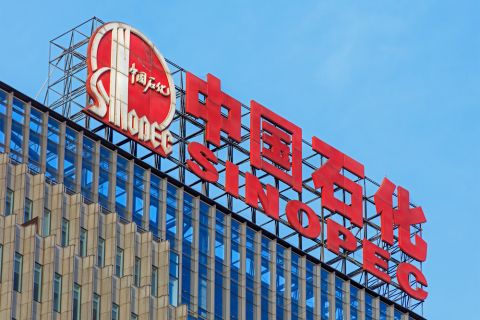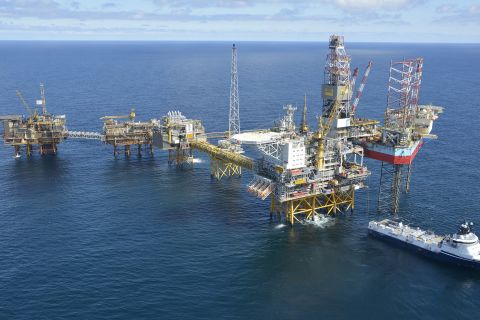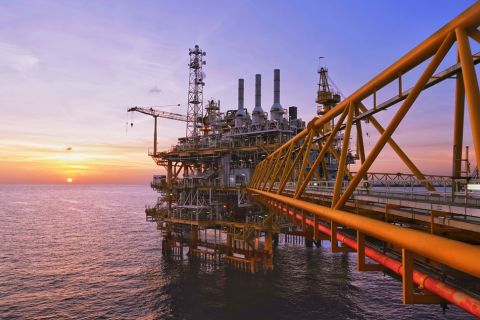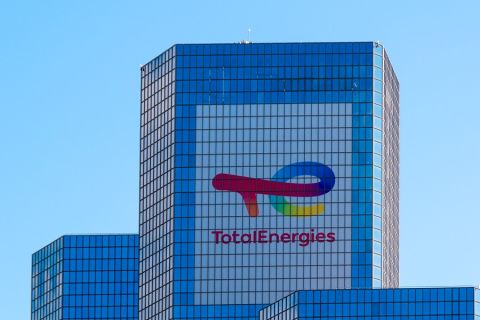 |
|
| The figures demonstrate how background waves interact with a hydrocarbon-bearing reservoir and propagate to the surface where they can be registered by high-sensitivity sensors. The propagation of a low-amplitude pulse originating below the reservoir is calculated by a 3-D Finite Difference Method and displayed after 0.8s (left) and 1.8s (right). The wave, traveling directly upward, is retarded and partially reflected within the reservoir (black box). After leaving the reservoir and crossing an unconsolidated near-surface layer (blue box) the wave registers on a recording array. (Image courtesy of Spectraseis) |
The company has performed extensive research and development to discover how there waves are shaped into specific wave-field patterns by hydrocarbon reservoirs. They discovered that source-driven oscillations and shear wave attenuation are two of the mechanisms at play. Advances in high sensitivity broadband instrumentation and signal processing methods have now allowed these spectral signatures to be accurately identified and mapped, providing an important new layer of information for exploration, appraisal and production decisions. As a result, the company has launched proprietary new technology called Hydrocarbon Micro-tremor Analysis (HyMAS).
This investigates permanent signal perturbations in the 1-20 Hz range to extract a new type of geophysical information. Until now, this part of the frequency spectrum was systematically disregarded as noise. HyMAS analyzes the modification of the background wave spectrum which occurs when low-frequency waves propagate through hydrocarbon-bearing reservoirs. By identifying specific spectral signatures of the interactions between the reservoir rock and its fluid content, HyMAS provides direct hydrocarbon indication. Combined with Spectraseis’ software suite, the new technology can map the presence and distribution of hydrocarbons within a survey area.
This information enables oil and gas companies to reduce exploration and development risk, save money on non-productive drilling and surveying activities and bring forward production.
Spectraseis say that they have completed successful trials and are confident in their ability to deliver commercial acquisition, processing and interpretation applications to reduce drilling risk and increase exploration and production success rates with this new data. By focusing on hydrocarbon content rather than structure, HyMAS has the potential to answer questions that other geophysical methods cannot.
With less than a decade of research completed, the company is certain that exciting new applications lie ahead.
Recommended Reading
Sinopec Brings West Sichuan Gas Field Onstream
2024-03-14 - The 100 Bcm sour gas onshore field, West Sichuan Gas Field, is expected to produce 2 Bcm per year.
Green Light for ConocoPhillips’ Eldfisk Nord
2024-02-28 - ConocoPhillips is expected to begin production at its Eldfisk Nord project before the first quarter ends.
Equinor Receives Significant Discovery License from C-NLOPB
2024-02-02 - C-NLOPB estimates recoverable reserves from Equinor’s Cambriol discovery at 340 MMbbl.
Tyra Redevelopment Heading for Production in March
2024-02-28 - TotalEnergies said the Danish North Sea project will take about four months to ramp up and is expected to produce 2.8 Bcm/year.
Deepwater Roundup 2024: Americas
2024-04-23 - The final part of Hart Energy E&P’s Deepwater Roundup focuses on projects coming online in the Americas from 2023 until the end of the decade.





